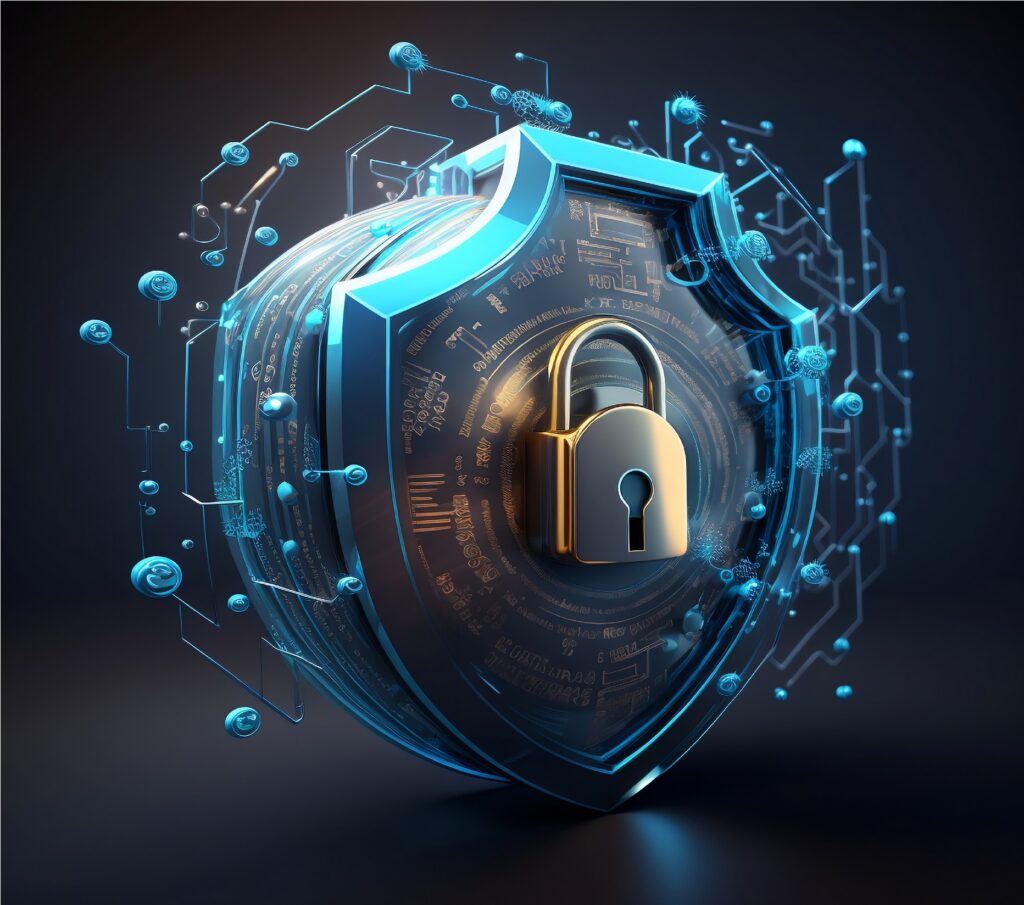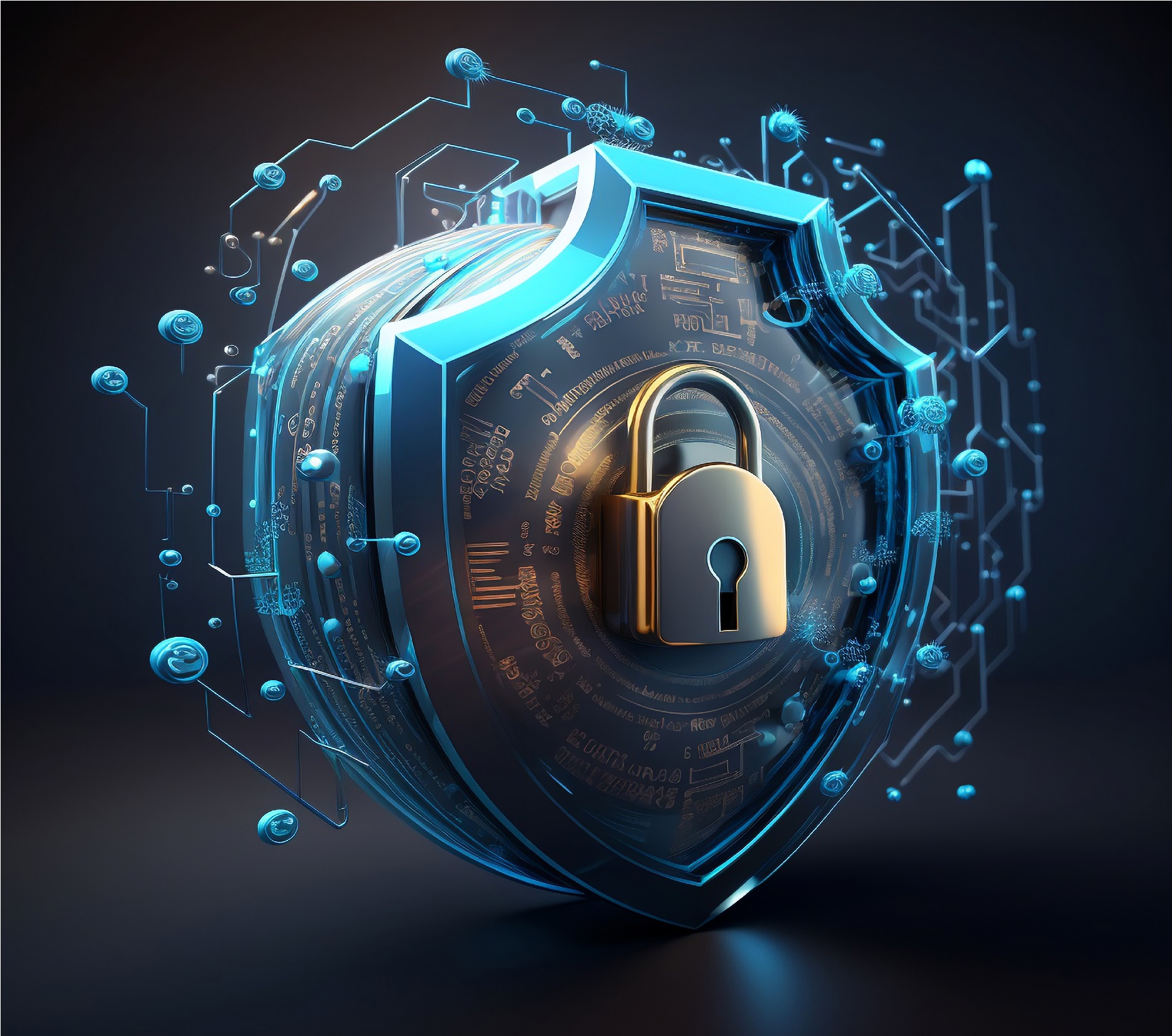In this era of rapid technological advancement, our lives have become increasingly interconnected with digital platforms. The internet has transformed the way we live, work, and communicate, making the world a smaller and more accessible place. However, this digital revolution has also given rise to a menacing aspect – cybersecurity threats. As technology continues to evolve, cybercriminals are becoming more sophisticated, posing significant risks to individuals, businesses, and even governments. In this article, we delve into the dark side of technology by examining the growing landscape of cybersecurity threats and exploring the strategies to address them effectively.

The Pervasive Nature of Cybersecurity Threats
Cybersecurity threats are not isolated incidents; they are pervasive and ever-present. From large multinational corporations to small businesses and individuals, everyone is at risk. The common forms of cybersecurity threats include:
a) Malware: Malicious software, such as viruses, worms, and trojans, can infiltrate systems and wreak havoc, stealing sensitive information, or crippling entire networks.
b) Phishing: Cybercriminals deceive users through fraudulent emails, websites, or messages to extract confidential information like passwords and financial data.
c) Ransomware: This type of malware encrypts a victim’s files and demands a ransom for decryption, causing significant financial and operational damage.
d) Data Breaches: Cyberattacks targeting databases and cloud services can lead to the exposure of personal and financial data, resulting in severe consequences for both businesses and individuals.
e) Insider Threats: Disgruntled employees or insiders with access to sensitive information can intentionally or inadvertently cause security breaches.
Impact of Cybersecurity Threats
The consequences of successful cyberattacks are far-reaching and can be devastating. For individuals, cybersecurity breaches can lead to identity theft, financial losses, and invasion of privacy. For businesses, the implications are even more severe. Data breaches can damage customer trust, harm brand reputation, and incur substantial financial losses. Additionally, intellectual property theft and cyber espionage can cripple innovation and competitiveness, especially in technology-intensive industries.
In the context of governments, cybersecurity threats pose a significant risk to national security. Cyberattacks on critical infrastructure, government agencies, and defense systems can have severe implications, disrupting essential services and compromising classified information.
Cybersecurity in the Age of Internet of Things (IoT)
The rapid proliferation of IoT devices has expanded the attack surface for cybercriminals. From smart homes and wearable devices to industrial control systems, the interconnected nature of IoT offers new avenues for exploitation. Insecure IoT devices can be hijacked to launch large-scale Distributed Denial of Service (DDoS) attacks or become entry points into more extensive networks, potentially leading to severe consequences.
Securing IoT devices and networks is a daunting challenge, as many of these devices lack robust security features and are challenging to update with patches regularly. Effective cybersecurity measures must be put in place to protect consumers, businesses, and critical infrastructure from the vulnerabilities associated with IoT technologies.
Artificial Intelligence and Cybersecurity
While Artificial Intelligence (AI) has the potential to enhance cybersecurity by detecting and responding to threats faster than humans, it also presents its own set of challenges. Cybercriminals can exploit AI algorithms to launch more sophisticated attacks, evade detection, and even automate their malicious activities on a large scale.
To address the dark side of AI, researchers and cybersecurity experts are working on developing AI systems with robust defenses and creating AI-powered security solutions that can adapt to evolving threats effectively.
The Human Factor: Training and Awareness
Despite the proliferation of advanced cybersecurity tools, the human factor remains a critical vulnerability. Many cybersecurity breaches occur due to human errors, such as weak passwords, falling for phishing scams, or failing to keep software up to date.
Education and awareness are vital to empower individuals and employees with the knowledge to identify and thwart potential cyber threats. Regular training programs and simulated phishing exercises can significantly enhance cybersecurity hygiene and help build a cyber-aware culture.
Collaboration and Information Sharing
Cybersecurity threats know no borders, and cybercriminals often operate internationally. Therefore, effective cybersecurity requires collaboration among governments, businesses, and cybersecurity organizations across the globe. Sharing information about emerging threats, attack patterns, and countermeasures can help all parties stay ahead of cyber adversaries.
Strengthening Legal Frameworks
In addition to technical measures, governments must strengthen their legal frameworks to hold cybercriminals accountable. Robust legislation and international cooperation can help facilitate the prosecution and extradition of cybercriminals, ensuring they face appropriate consequences for their actions.
Conclusion
As we continue to embrace technology in all aspects of our lives, the dark side of this digital revolution cannot be ignored. Cybersecurity threats pose real and significant risks to individuals, businesses, and nations. Addressing these threats requires a multi-faceted approach, encompassing technical advancements, awareness and education, collaboration, and legal measures. Only by joining forces and staying vigilant can we navigate the complex landscape of cybersecurity threats and ensure a safer digital future for all.
Related Articles:
1. The Dark Side of Technology: Navigating the Threat
2. Cyber security, future crimes and the dark side of technology
3. Examining the Ethics of Hacking and Cyber Warfare




